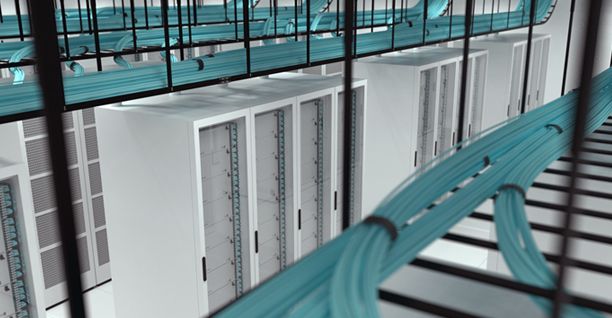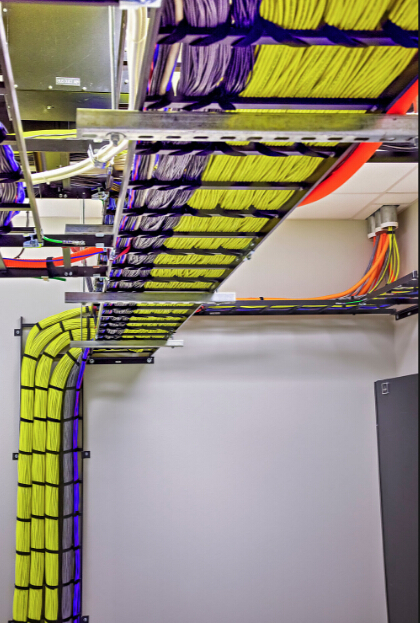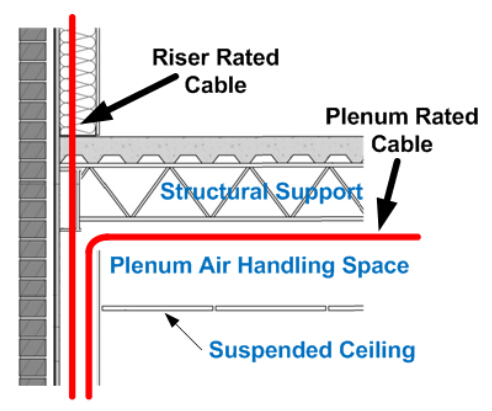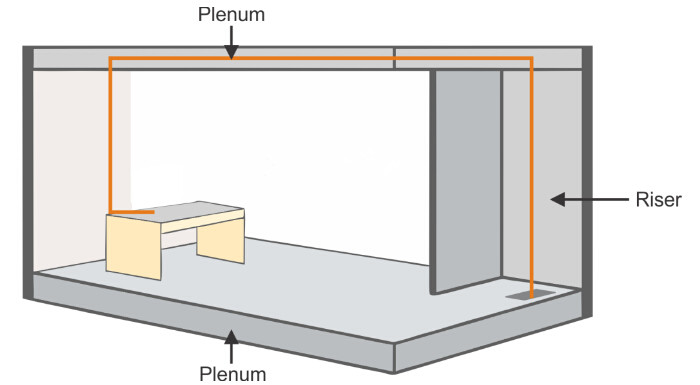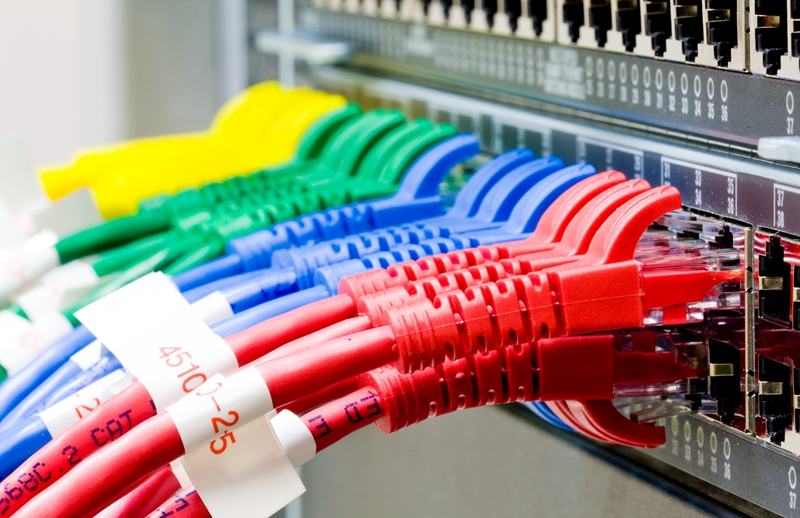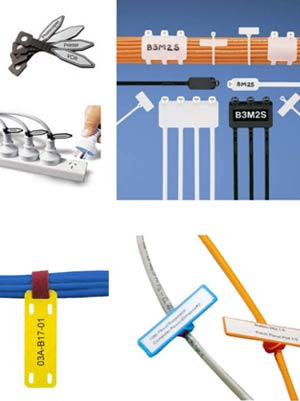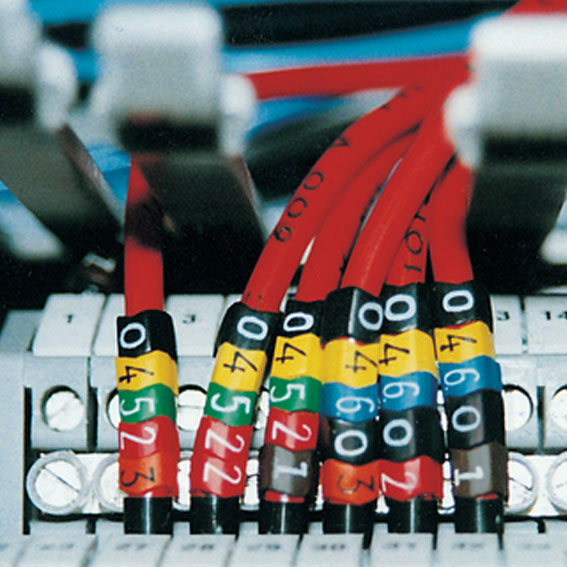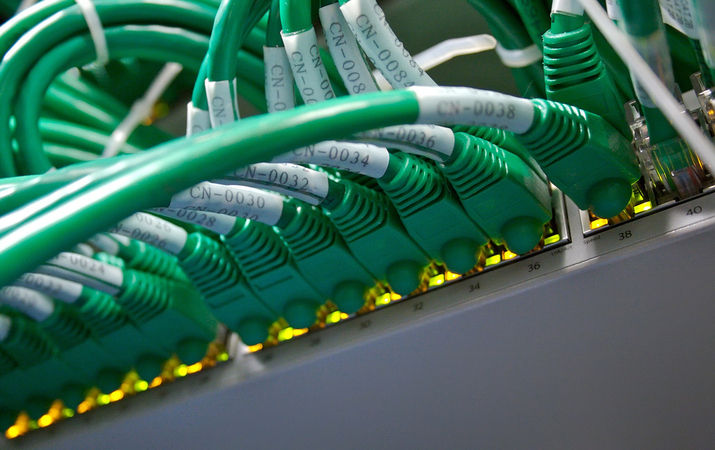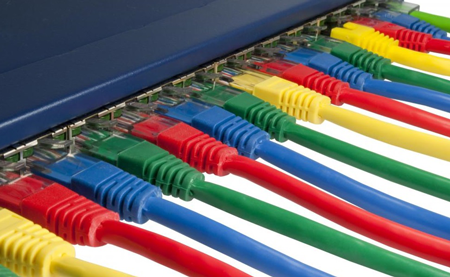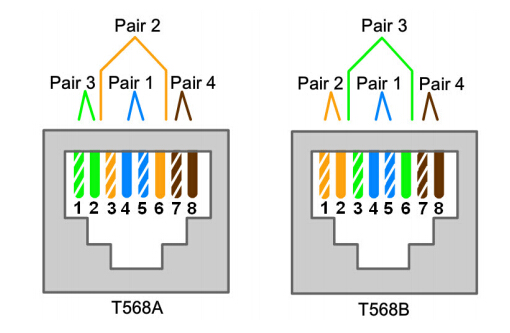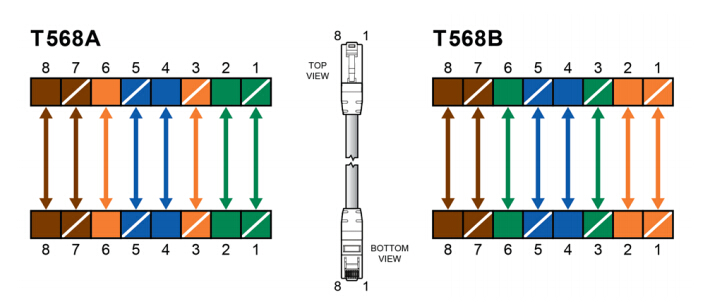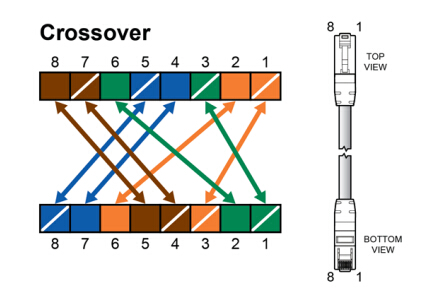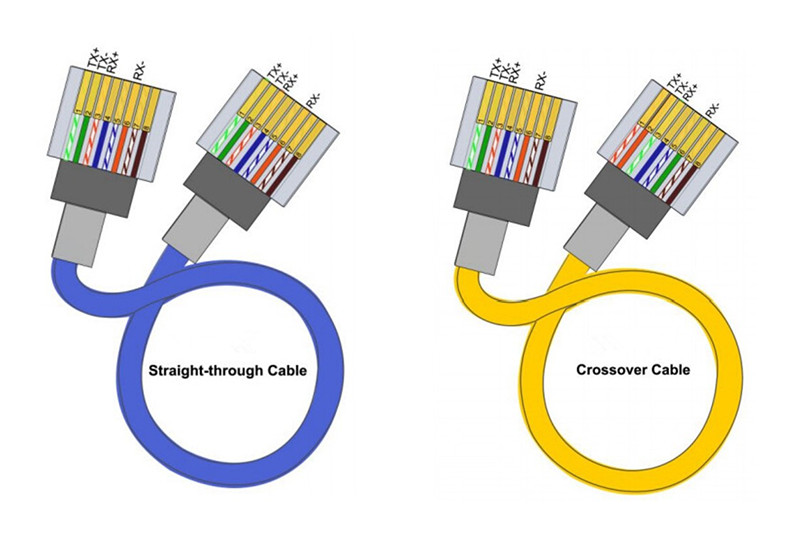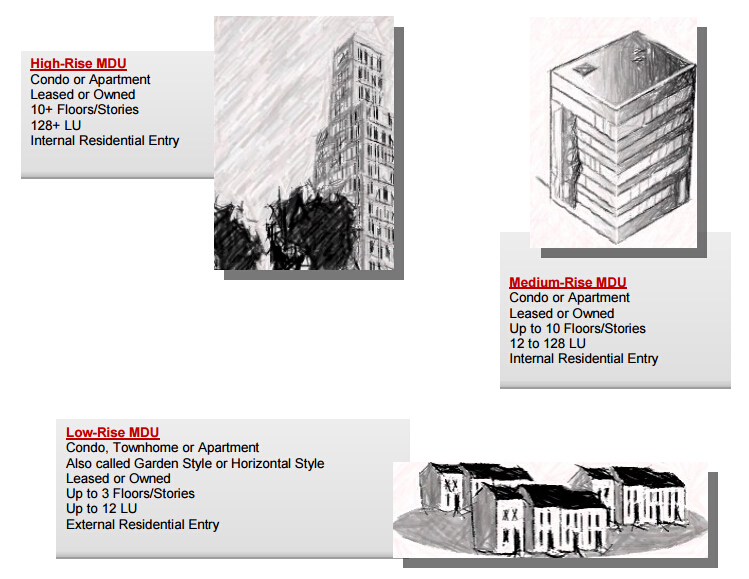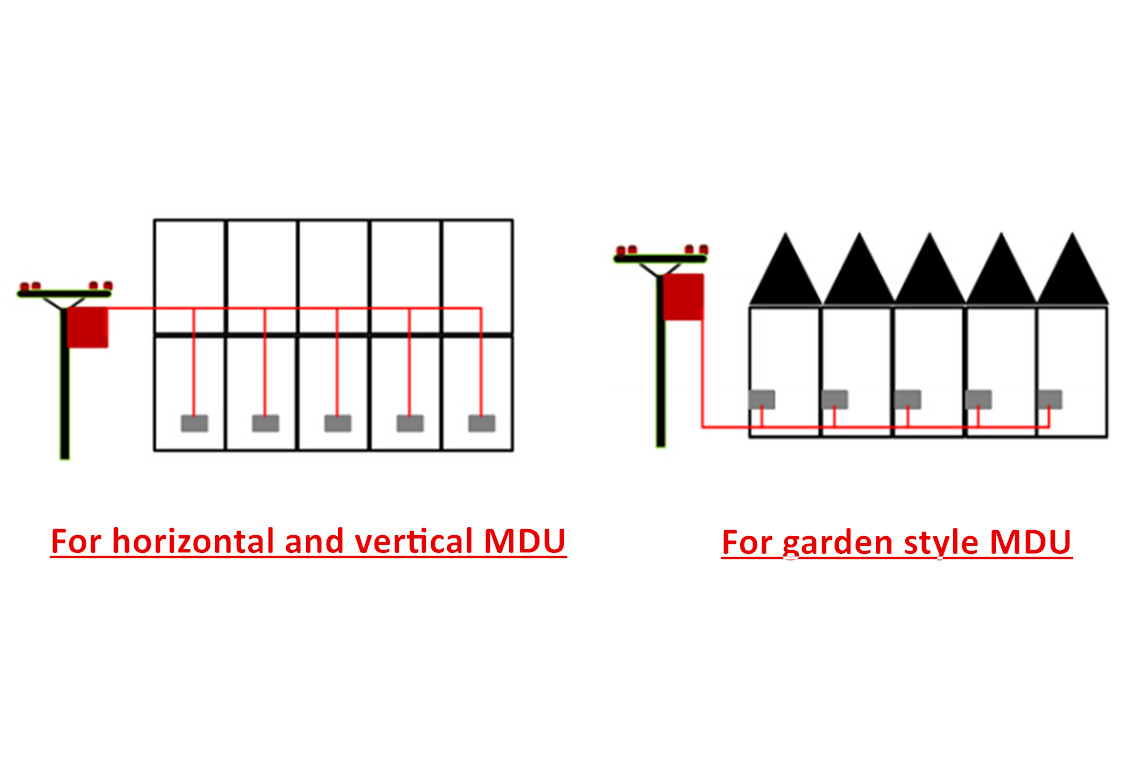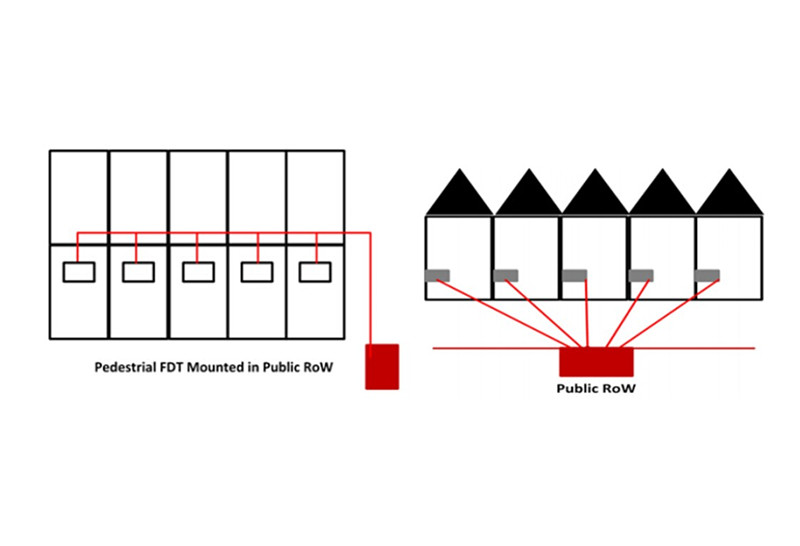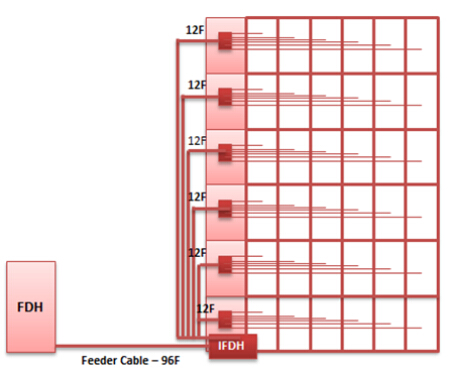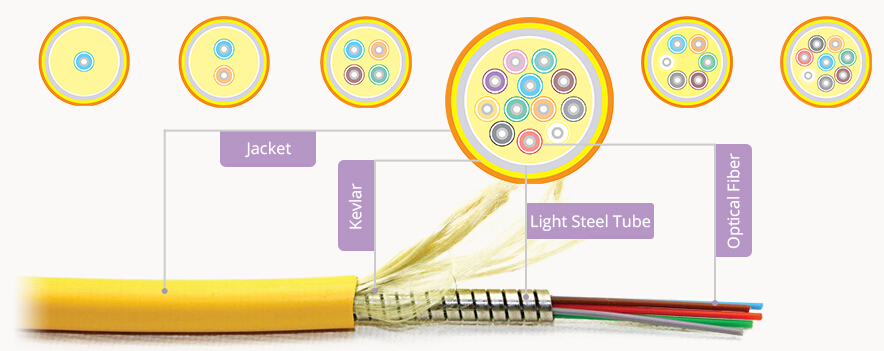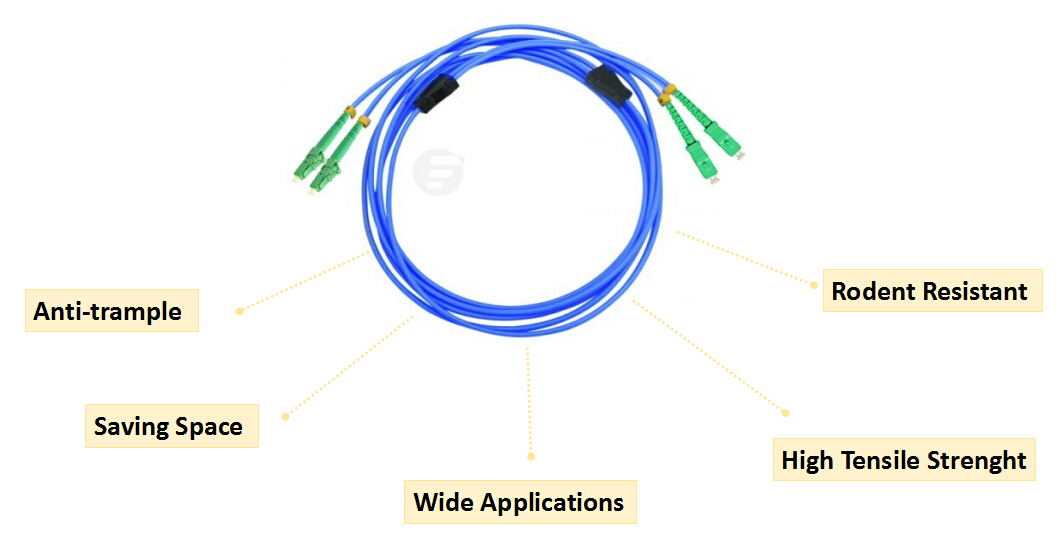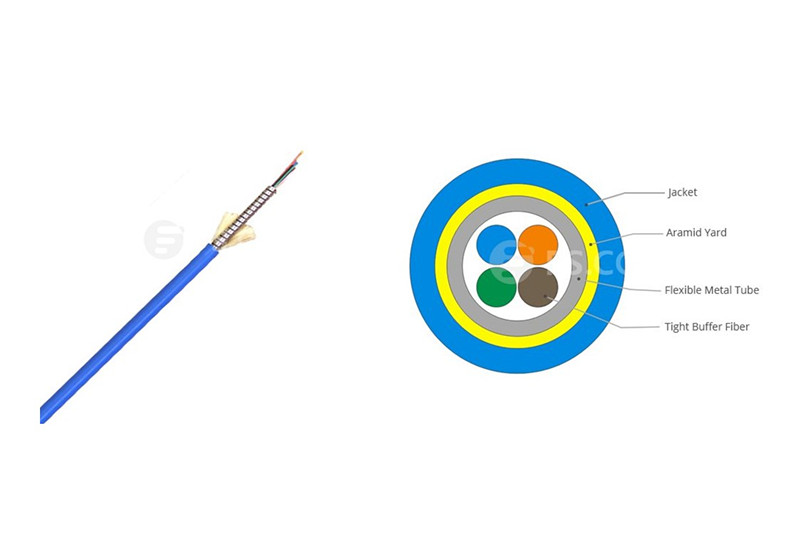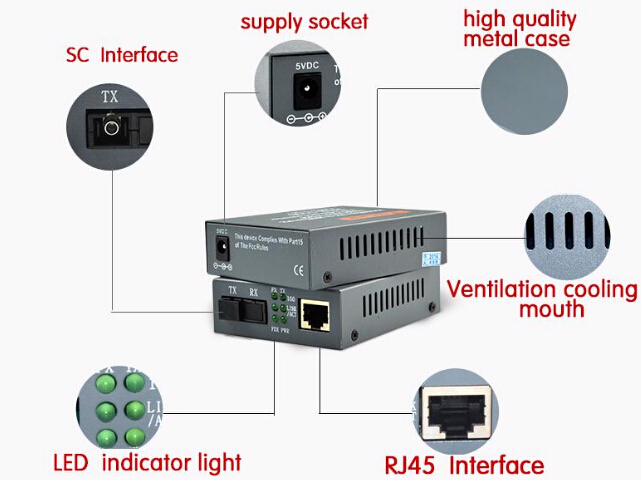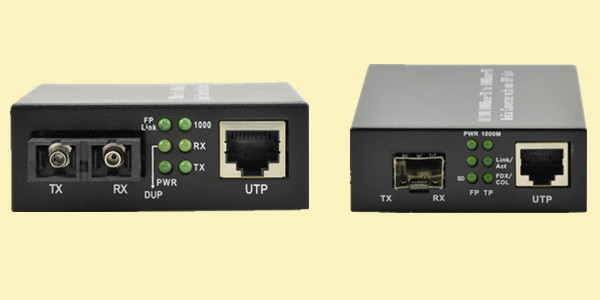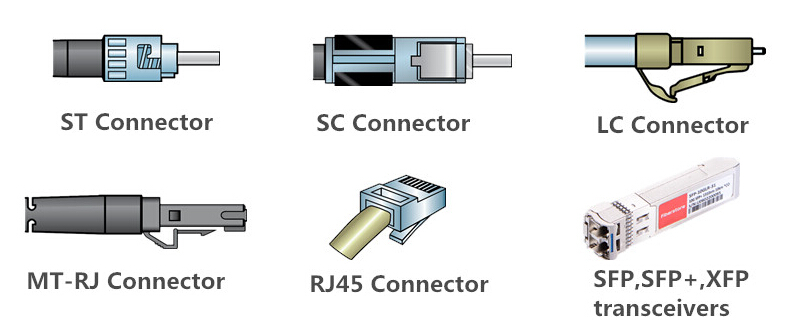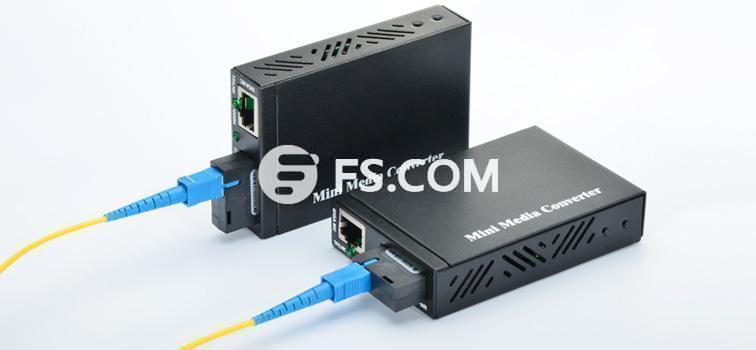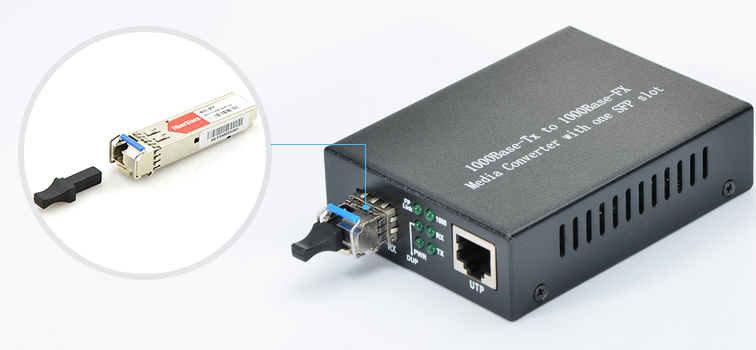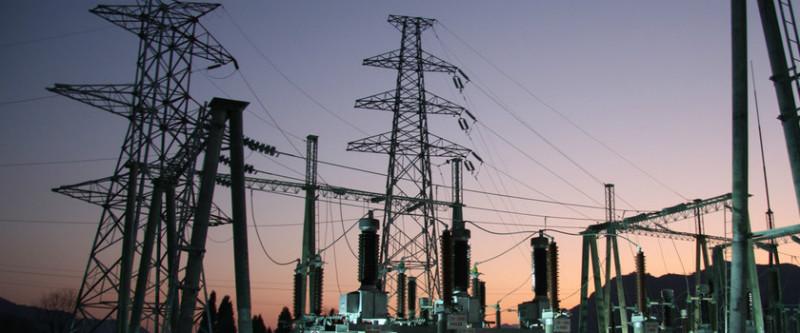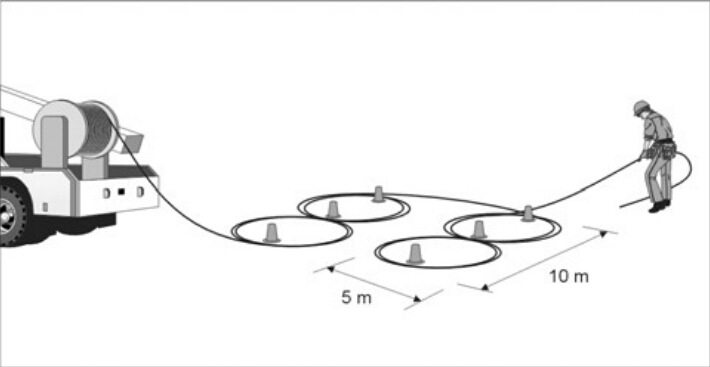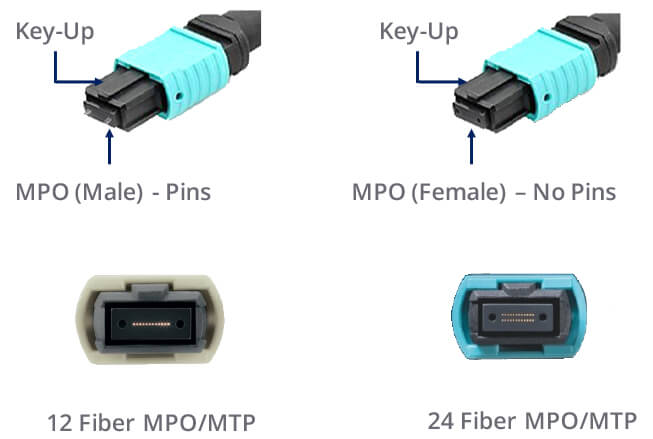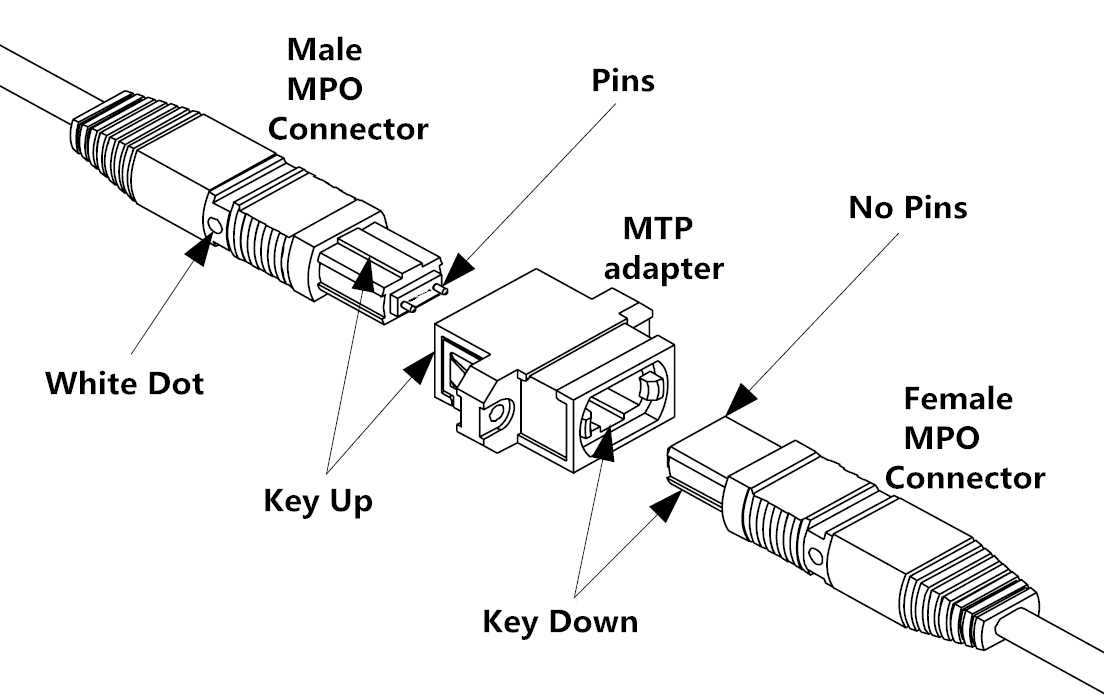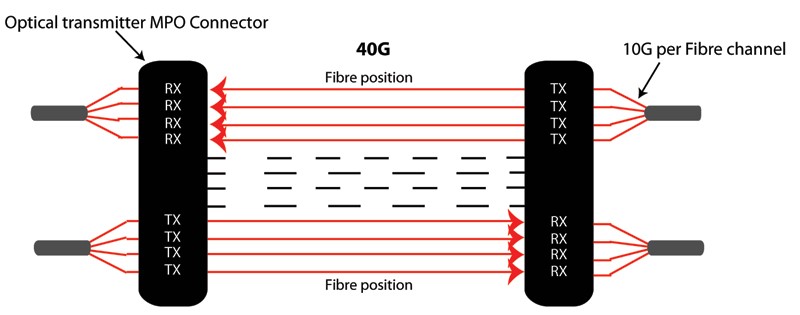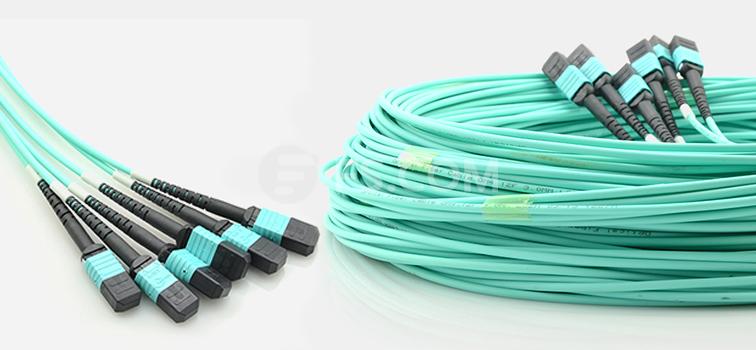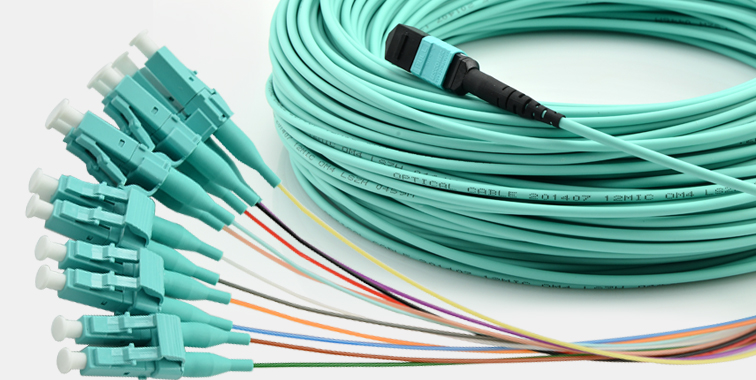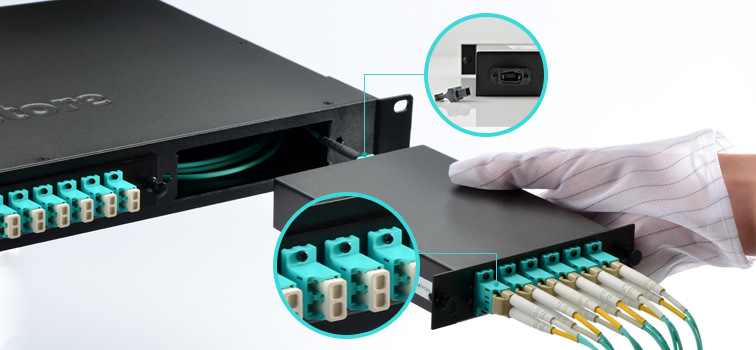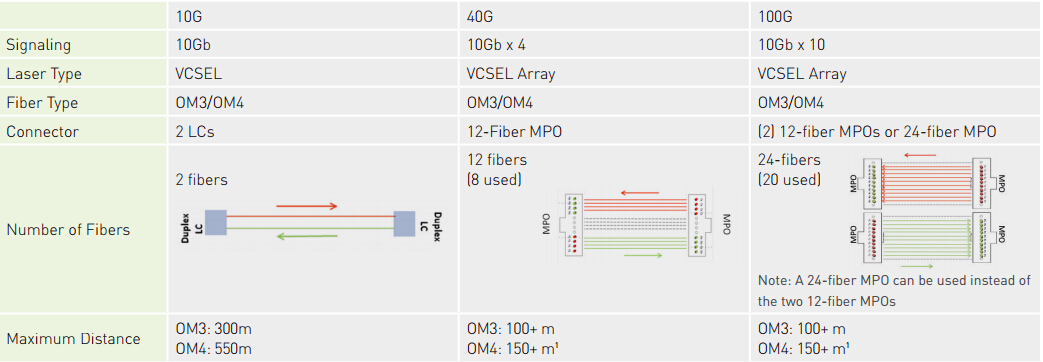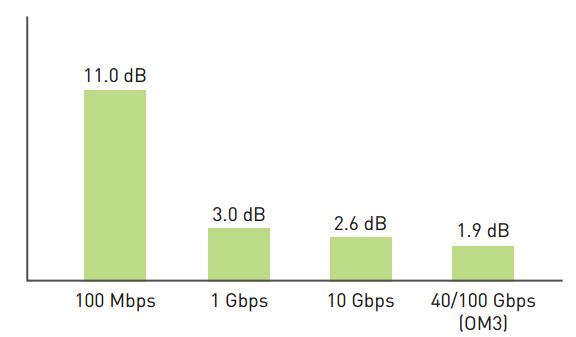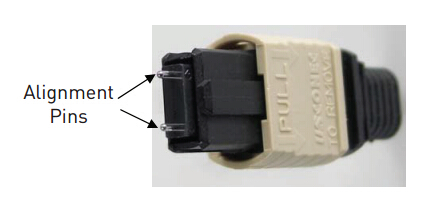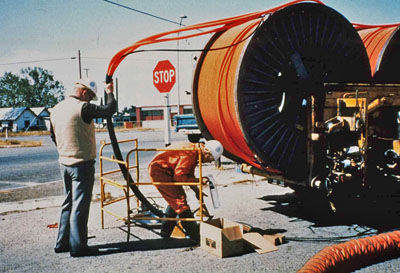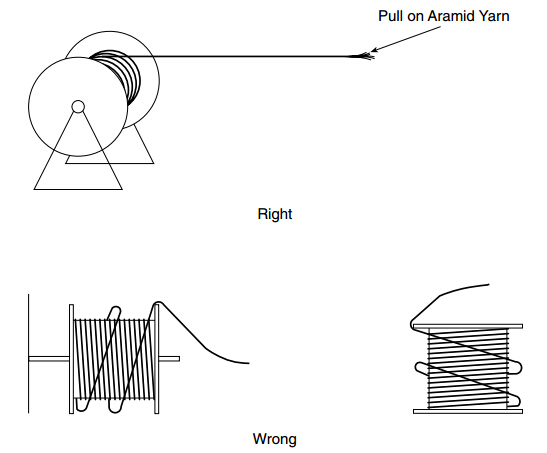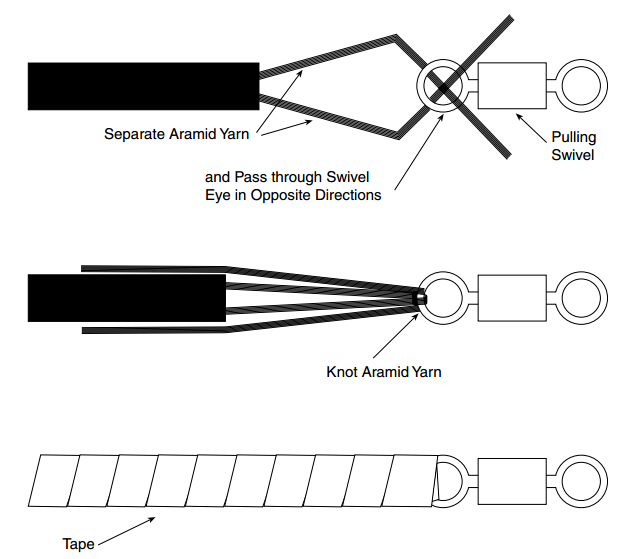Network wall plates serve as one of the basic components of a structured cabling system, which are usually placed near a workstation. Just as its name indicates, a wall plate is a flat plastic or metal plate that generally mounts in or on a wall. Actually some of the wall plate can even be mounted in floors and ceilings. Wall plates commonly include one or more jacks, here the jack is the connector outlet in the wall plates that allows a workstation to make a physical and electrical connection to the network cabling system. There exist two configurations of wall plates: fixed-design and modular wall plate, let’s see how to choose between them.
Fixed-Design or Modular Wall Plate Description
Before installing wall plate, one decision you have to make is whether to choose fixed-design or modular wall plate.
Fixed-design wall plate has multiple jacks that are molded as part of the wall plate, which means you cannot remove the jacket and replace it with a different type of connector. Fixed-design wall plates are cheap and simple to install, so they are usually used in telephone applications. However, they have limited flexibility since their configuration cannot be changed. Moreover, it is not compatible with high-speed networking systems.
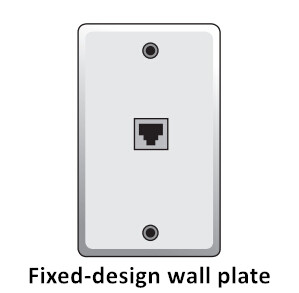
Modular wall plates are generic and have multiple jack locations. In a modular wall plate system, this kind of plate is often referred to as a faceplate: unless it has its jackets installed, it’s not a wall plate. Jacks for each faceplate are purchased separately from the wall plates. When using modular wall plates, remember to use the jacks designed for that wall plate system. Because jacks from different wall plate systems are not interchangeable.
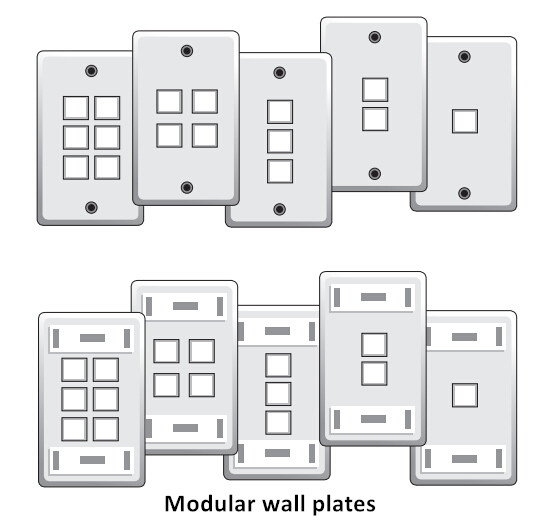
Considerations When Choosing Fixed-Design Wall Plate
Before choosing a specific fixed-design wall plate for your cabling system, there are at least three factors you should take into consideration: number of jacks, types of jacks and labeling.
Number of Jacks: Because fixed-design wall plates have their jacks molded into the faceplate assembly, the number of jacks that can fit into the faceplate is limited (mostly one or two jacks). They are usually in a configuration with one jack above the other. Additionally, most fixed-design wall plates are for UTP or coaxial copper cable only.
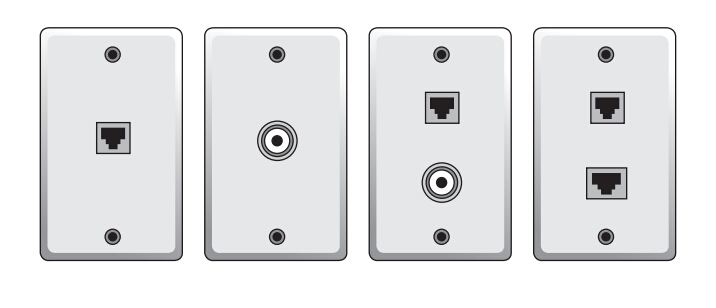
Types of Jacks: Fixed-design wall plates can accommodate a wide variety of jacks for different types of data-communications media. However, you cannot change a wall plate’s configuration once it is in place. The most common configuration of a fixed-design wall plate is the single six-position (RJ-11) or eight-position (RJ-45) jack, which is most often used for home or office telephone connections.
Labeling: It is rather important to label fixed-design wall plates so that you can distinguish one connection from another. You may find labeling extremely helpful when troubleshooting. Meanwhile, although some jacks look exactly the same, they may be used for a completely different purpose. So it is beneficial to label which is which for better maintenance and easier identification. The most prevalent method for labeling is using adhesive-backed stickers or labels of some kind.
Considerations When Choosing Modular Wall Plate
Modular wall plates have individual components that can be installed in varying configurations depending on your cabling needs. Just like fixed-design wall plates, you have to account for these three factors when making your choice: number of jacks, types of jacks and labeling.
Number of Jacks: When using modular wall plates you firstly have to decide how many jacks you want in each wall plate. Jacks on modular wall plates can be either side by side or over and under. Modular plates come in a couple of different sizes, and the number of jacks a plate can hold is based on the size of the plate. They are available with single-gang (smallest size), double-gang, triple- and quad-gang plates. Generally, a single-gang wall plate can accommodate at most six jacks.
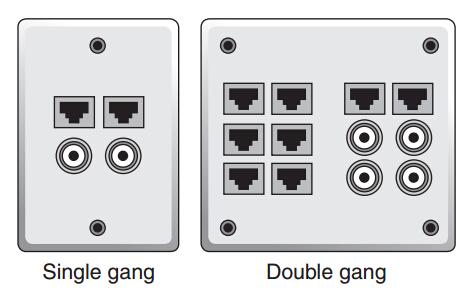
Types of Jacks: As the most common type of wall plate used for data cabling, modular wall plates have the widest variety of jack tapes available. All the jacks available today differ based on a few parameters, including the following: wall plate system type, cable connection, jack orientation and TIA 568B wiring pattern.
Labeling: Just like fixed-design wall plates, modular wall plates use labels to distinguish the different jacks by their purpose. In fact, modular wall plates have the widest variety of labels—varied colors and styles of labeling. However, as with fixed-design plates, the labels are either text or pictures of their intended use, perhaps permanently molded in the plate or on the jack.
Conclusion
Serving as a visible component and an essential part of a structured cabling system, the importance of wall plates cannot be overestimated. In this article, we have reviewed three factors concerning whether to choose fixed-design or modular wall plates. Hope this would be helpful for you to choose the optimum one for your cabling system.
